1972 Memoirs
Below is Mr. Marra's 1939 WI graduation picture.

1972 - Virginia Nutter retired from teaching at Washington Irving. Her teaching career started there in 1935.
1972 - Teachers.
1972 - Seniors.
No, Joe had nothing to do with what happened to Washington Irving's bust. You'll find out later in this segment.
1972 - Be Square Club.
1972 Tri-Hi-Y
1972 Tri-Hi-Y Co-sponsors.
1972 - Pep Club.
1971-72 Homecoming Queen Donette Cunningham.
1972 - Mr. and Miss Washington Irving.
Jeff Thompson and Carol Stealey.
1971 - Football Team. Picture taken from a 1972 yearbook.
The players.
1972 - Basketball.
The Cheerleaders.
1972 - Girls in sports.
1972 - WI Wrestling Team.
1972 - Ten year reunion for the Class of 1962.
1973 - Memoirs
1974 Memories

No, Marcia wasn't responsible for what happened to the bust.
1975 Memoirs
I still need a 1976 WI yearbook to scan.
1977 Memoirs

1977 - Memoirs Staff.
1977 - Teachers.

1977 - Seniors.
1977 - National Honor Society.
1977 - Those honored.
1977 - Student Council.
1977 - Be Square Club.
1977 - Several other
1976-77 Homecoming Queen and Court.
Sports...
The Varsity Cheerleaders.
The Tennis Team.
The Golf Team.
The Girls' Varsity Basketball Team.
The 1977 Prom Queen and her Court.
1977 - Students Honored.
The 1976-1977 Washington Irving Marching Band.
The Majorettes.
1978 Memoirs
1979 and 1980 yearbooks will be posted soon.
1981 - Memoirs
1981 - Year In Review.
1981 - Principal and Vice-principal.
1981 - Teachers.
1981 - Seniors.
1980 - 1981 WIHS Sports.
1980 - Varsity Football Squad. Picture taken from a 1981 yearbook.
1980 - Junior Varsity Football Squad. Picture taken from a 1981 yearbook.
1981 - Homecoming Queen and her Court.
1981 - Girls Basketball Team.
1981 - Girls Volleyball Team.
1981 - Wrestling Team.
The Washington Irving Baseball Team. Picture taken from a 1981 yearbook.
1981 - Varsity Basketball Team.
1981 - JV Basketball Team.
1980 - Track Team. Picture taken from a 1981 Yearbook.
Girls Track Team from the same year.
The 1980-1981 Varsity Cheerleaders.
1981 - WI Marching Band.
1981 - Prom Queen.
1981 - Clubs.
1981 - Top 25 Seniors.
1981 - Something is up.
1982 - Memoirs.
1982 - Memoirs Staff.
A look at Clarksburg in 1982.
1982 - Principal.
1982 - Teachers.
1981-82 Sports.
Cheerleaders
1981- Homecoming Queen and Court.
Now for the story on Washington Irving's bust.....
1985 - The bust of Washington Irving leaves WIHS forever.
Then one day one of the doors was swung open to far and hit the pedestal, which supported Washington Irving’s bust. The bust fell to the floor and shattered to pieces.
1985 - What else took place this year? Remember the big flood in Clarksburg?
This photo from 1985 in Clarksburg shows the construction
of what is now the Thunderdome at Washington Irving Middle School. At the time
of this photo, WI was still a high school and students didn't have the luxury
of a school cafeteria, which was part of this project when finished.
Photo was furnished by Dick Duez.
Photo was furnished by Dick Duez.
Before the Thunderdome was built.
Note how much the pine trees had grown, in the following photo.
The trees were 40 years old in this photo.
The pine trees were removed in 1985 when new windows were installed.
This
is a sketch of WI High School after the Thunderdome and cafeteria were added. The sketch was done by a WI art student.
Yearbooks 1983 through 1989 will be posted soon.
1987 - Coach Al Castallana retires.
1989 - Mr. Tony Marchio became the new principal at Washington Irving High School.
I
was thrilled to learn about his new position, because I grew up with Tony and
his sister Mary. He was probably the
most intelligent and kindest kid in the neighborhood. He was always so polite
and never had a bad word to say about anyone.
Everybody loved Tony. Another thing I remember about him, is that he
always kept his clothes so clean. Yes,
he ran the hills, built forts and played baseball like the rest of us, but he never
seemed to get dirty. He was a gentlemen
in every respect.
Tony graduated from WIHS in 1965 and many years had passed since I last spoke with him. I was always curious how he felt about returning to his Alma Mater as principal in 1989. Several months ago, I got in touch with Tony. I was seeking help on the final years of Washington Irving High School and had questions like, "was Orie McConkey' s fern still there?" What better person to ask. Tony was kind enough to offer his assistance and to answer all my questions.
Read
what he had to say:
BECOMING PRINCIPAL OF WI
By Tony J. Marchio, class of 1965
When I retired after 41 years as
an educator, I was a happy man. I was beginning a new chapter in my life with
all the joys and perks of retirement and had survived my years of working with
good health and great memories. I felt very fortunate that I had truly loved
every phase of my career. While every
year presented new challenges and excitement, there was no period of time in
those 41 years that held more meaning or evoked more emotion than my tenure as
the principal of my alma mater, Washington
Irving High
School
First of all, WI had always been
a big part of my life. All my siblings
attended school there as did all three of my children. I graduated from WI with the class of 1965
and returned in 1973 as a classroom teacher for nine years. I have nothing but
wonderful memories of great friends and classmates, professional and caring
teachers and colleagues, and incredible students whom I taught. Those memories had a profound influence on my
life and on my career.
When I assumed the helm of WI as principal
in 1989, it was truly an honor, but as an alumnus, I felt a keen sense of
responsibility. Keeping the WI
tradition and reputation alive was a duty that I felt very deeply. Mr. McConkey’s imposing fern overflowing in
the corner of the office relentlessly peering over my shoulder was a constant
reminder that it was now my responsibility to keep our school “thriving” and
“flourishing.”
There is a real mystique about WI that
is hard to capture in words. The long,
glorious history of our school and the respected academic reputation that has
always characterized WI is not found in every community. A long list of very renowned faculty members
has shaped the lives and careers of hundreds of graduates who have distinguished
themselves in every imaginable profession around the world. Graduates can
recall with ease a favorite teacher who demanded excellence but earned their
respect and admiration. They talk about
the boys’ steps and the girls’ steps and the senior steps as if they just
climbed them yesterday. Marching into
the auditorium for an assembly while Miss Nutter played the piano taught us
what it meant to behave formally and to be respectful and reap the civilizing
effects of ceremony. The pep rallies
were intense, especially when we were playing that awful Victory High School
An American author once wrote,
“I did not know my own home until I left it,” and it was not until I moved away
that I truly came to appreciate what an extraordinary place I had left
behind. Few communities feel the long,
rich history of their high school like we have, and not many communities
celebrate the 100th anniversary of anything. But here we are, planning a celebration that
will bring home hundreds of proud graduates and evoke cherished memories like
few places can. Though many of us have
gone our separate ways and have left West Virginia, we have one experience that
binds us all together in a very special way----we have all received the
foundation for our lives in the same place with pretty much the same effect
upon us all.
I came to realize something else
that I wish I had known earlier and which might have relieved a lot of my
stress. I often wondered how that one
fern could last for so many years and then realized that the secret to its
longevity and maintenance lay in the strong network of roots beneath the
flowing green leaves. It was those long,
deep roots that kept the fern so vibrant and healthy, and it is the long deep
roots of WI graduates who continue to love and support the school that keep WI
blossoming and alive. The memories of WI
graduates, fostered by dedicated caretakers like Carolyn Burnside, Roleta
Meredith, Tim Cork, and Barbara Kroll and many, many others who have helped
preserve and celebrate the glorious history of WI, have provided the
nourishment needed to sustain that WI spirit and keep it shining for
generations to come. I have no doubt
that one day generations after us will be celebrating the 200th
anniversary of Washington Irving with the same passion and enthusiasm that we
are celebrating it today.
1990 Memoirs
1990 Memoirs
1990 - Staff
1990
- The first ever state-wide teachers' strike began on March 8th.
1990 - Seniors.
1990
- 1989 WI Head Football Coach Mr. Gene Alkire.
1989
- Football Players.
1989
- 1990 Football and Basketball Schedules.
1989 - 1990 Homecoming Queen and Court.
1990 - Head Basketball Coach Mr. Brad Underwood.
1990 - Basketball Team Boys Varsity.
1990 Basketball Team Girls Varsity.
1990 - 1989 Girls Volleyball Team.
1990 - 1989 Soccer Team.
1990 - 1989 Wrestling Team.
1990
- Tennis Teams.
1990 - 1989 Cross Country Team.
1990 - 1989 Track Team.
1990
- Baseball Team.
The Class of 1990 lines up outside the Rose Garden Theatre.
1990 - Principal Mr. Tony Marchio presents Susan Dennison with her diploma.
1990-1989
Memoirs Staff.
1991 - Memoirs
1991 Teachers and faculty.
1991 Seniors.
The following pictures were taken from the 1991 WI Memoirs yearbook.
1992 - Memoirs.
1992 - WI High School Faculty.
1992 - Teachers.
1992 - Seniors.
1992 - Clubs, Choirs and Committees.
Homecoming and Prom Queen.
1992 -1991 Sports and Support groups.
1992 - Washington Irving Baseball Team. They were Sectional Champions, Big Ten Conference Champions and Harrison County Champions.

Also in 1992 - The Class of 1962 held its 30 year reunion.
The following pictures were taken from the 1991 WI Memoirs yearbook.
1992 - Memoirs.
1992 - WI High School Faculty.
1992 - Teachers.
1992 - Seniors.
1992 - Clubs, Choirs and Committees.
Homecoming and Prom Queen.
1992 -1991 Sports and Support groups.
1992 - Washington Irving Baseball Team. They were Sectional Champions, Big Ten Conference Champions and Harrison County Champions.

Also in 1992 - The Class of 1962 held its 30 year reunion.
Robert C. Byrd High School was built in 1994.
1994 - Memoirs.
1994 - Memories Yearbook Staff
1994 - Teachers.
1994 - Seniors.
Homecoming Queen and her Court.
1994 - Prom Queens.
1994 - 1993 Sports.
The WI Wrestling Team.
1995 - The final year at Washington Irving High School.
1995 - Teachers.
1995 - Seniors.
1995 - Honored students.
1995 - Student Council.
1995 - Clubs.
1995 - Sports.
Homecoming Queen and Court 1994.
1995 - WI Marching Band.
1995 - Prom Queen and Court.
The Class of 1995.
The Principals at WHIS over the years.
1914 to 1946 Orie McConkey
1946 to 1966 Kenneth Cubbon
1966 to 1967 Maynard Duckworth (temporary)
1967 to 1972 James E. Bennett
1972 to 1989 Sam Scolapio, Jr.
1989 to 1992 Tony J. Marchio
1992 to 1996 Leon Pilewski*
* The last class to graduate from WI was the class of 1995;
however, students attend WI until January 6, 1996, before
moving to Robert C. Byrd High School. Leon Pilewski
continued as principal during this time and became the
principal of RCB.
1996 - The final volume of Memoirs
The 1996 Yearbook Staff.
1996 - Principal and Assistant Principals.
1996 - Teachers.
1996 - Seniors.
1996 - Clubs.
1996-95 Sports and support.
Homecoming.
Pictured below is the old
Washington Irving High School. It is now
a middle school.
In closing out the history on Washington
Irving High School, I would like for you to read the following written by a formed principal at WIHS and contributor to this history project.
CONSOLIDATION AND THE FINAL YEARS
By Tony J. Marchio
Every
chapter in the history of Washington
Irving High
School Clarksburg Clarksburg
Both
city high schools---Washington Irving and Roosevelt-Wilson---were excellent
schools that had been nominated for prestigious national awards in their final
years, but it was their aging facilities that new residents who did not know of
their history or reputation might find unappealing. A citizens’ committee studied the issue of
building a new school and proposed to the school board that a new high school
be built to consolidate the two schools into one new, state-of-the-art academic
facility, and in 1991, the citizens of Harrison County
Before
I became the principal of Washington Irving, I was the principal of Roosevelt- Wilson High School
It
is important to note that Roosevelt-Wilson did not fade quietly into the night
but went out in a blaze of glory. It was
said by many that the last RW boys’ basketball team was one of the best in the
schools’ long history. The Prexies
finished the regular season 21-1 and played their final game against Washington
Irving before a jam packed gymnasium at Lincoln High School
The official consolidation began in 1990
with optimism and hope. While the merger
of two former rivals would be difficult, the opportunities that come from
combining two great schools were endless.
While there were some bumps in the road initially, the students adjusted
amazingly well. By the time the first homecoming game rolled around, boys from
both sides of town were on the football field, girls from both schools were on
the homecoming court, and the WI marching band played the RW fight song as a
tribute to the combined student body before the game started. The crowd cheered wildly, and a new chapter
in the history of both schools had begun.
One order of business in those early
days that seemed to unify the student body was the selection of the colors and
the mascot for the new high school. The
school board had already selected the name---Robert C. Byrd High School West Virginia West Virginia West Virginia West Virginia Harrison County
To
help with consolidation and other student issues, I formed a student advisory
committee early on to meet with me on a regular basis. I wanted the students to be the eyes and ears
of the school and to advise me on any issues they felt would help the school to
run smoothly. It was this committee that
I turned to to develop and implement a process for selecting the colors and
mascot of the new high school. The
students responded to the request with excitement and enthusiasm. They sensed that this was going to be a part
of history and were eager to participate.
The
committee determined that the first step in the process should be to get a sense
from the entire student body of significant factors to consider in making these
important selections. A large roll of
paper was stretched across the hallway on the second floor for students to
write comments and make suggestions for the committee to consider in
establishing the selection process. When the paper was collected, clear themes
began to emerge.
As to school
colors, many of the students suggested a combination of colors from both
schools. Other students thought that
using completely different colors would be more appropriate. Both of these recommendations were
considered, but when the committee looked at various combinations of the WI
gold and blue and the RW red and gray, nothing appealed to them. They did
consider blue and gray for a long while, but a recently consolidated high
school in Charleston
Excitement and
enthusiasm grew steadily among the students and the comments became more
passionate and “colorful.” In the end, three
clear favorites emerged. Black and
silver seemed to be a clear favorite of the freshman class but was not popular
with the upperclassman. The advisory
committee suggested strongly that the freshman be ignored, and I had to override
them on that. The second selection, orange and blue, was a
favorite of the athletes. The
cheerleaders, however, campaigned heavily for blue, green and white. A fierce campaign ensued, and the debates
were lively and frequent. Everyone
seemed to have an opinion, but when the vote was taken by the entire student
body, the decision was made by a narrow margin---- blue, green and white were
selected as the colors for the new school.
I remember discussing the decision with the art teacher, Georgette
Griffith, and she said she felt the color selections were perfect. She noted that in the architectural rendering
of the school, the sky was bright blue, the grass was a vibrant green, and the
school building itself was white. It
seemed a natural choice.
Selecting a mascot
was a more interesting enterprise. The
students sensed the importance of selecting the right mascot. They discussed how the mascot would give the
students, parents, teachers and administrators a sense of pride, loyalty, and
belonging, and that those feelings often last with students long after their
high school days are over. Comments from the entire student body had one
overarching recommendation. The students
wanted the mascot to be easily recognizable.
While the students were proud to
be called Hilltoppers, it was hard to actually depict the beloved WI
Hilltopper. Some folks said the Hilltopper
was actually a ram that lived in mountainous regions of the country. Others said the name came from the school’s
location “on the hill”. For a few years,
one of the parents dressed up as Mr. Hilltopper in a top hat, coat tails, and a
cane. Whatever the original intent, the
image of a Hilltopper was not always apparent.
So with this new mascot, the student body wanted no uncertainty; it had
to be obvious.
From a long list
of possible mascots, the student body narrowed the field to three
possibilities, each connected to the name of the school in a unique way. The first option was the Cardinals. The cardinal was not only the state bird, but
a play on the name Robert Byrd. The
second option was the Senators, and while that might have worked nicely with
the school’s namesake, the image of a senator mascot was again a little hazy. The third choice and the overwhelming
favorite of the student body was the American Eagle, the symbol of our
government of which Robert C. Byrd was such an important member. I gulped when the suggestion was made and
tried to maneuver around it, but the students loved it. I explained to the
committee that the eagle was once the mascot of a long-time cross town rival of
both schools and would probably be met with some resistance and criticism. When I finished my long, passionate
explanation, there was silence in the room, and finally one student spoke
up. The student said that in his opinion
what I had said was more of a reason for us to consider the eagle than not. He explained that two great schools have come
together, and now we have the opportunity to include the third, making Robert
C. Byrd a high school that will represent the entire community. It was hard to argue with that logic, and
when the vote was taken, the decision was nearly unanimous. The eagle had landed and the new school had
been given its identity
Over the next few years,
the student body came together as one, and WI, like RW before it, went out in
style. All of the athletic teams thrived
in those final years. The 1993 football
team posted an impressive 7-3-1 season and was crowned Big Ten and Harrison
County Champs. The boy’s basketball team had a string of winning seasons, and went
out in a blaze of glory. The 1995 team,
with a 17-4 record, won the county and Big Ten championship and a trip to the
state basketball tournament in Charleston only
to lose to Wheeling
Park
More importantly, however,
the academic program continued to flourish.
WI maintained its reputation for academic excellence to the very end with
several new and innovative classes added to the curriculum. On December 15, 1995, the student body
emptied the halls of WI for the final time giving the teachers some time to
pack up their belongings to make the move to their new home by January 5th.
This WIHS History project will be continually added to for several more months.
tpcork@bellsouth.net
I would like to express my appreciation to the following people for their support in helping me put together this history on Washington Irving High School.
This project would not have been possible without their help.
Words could never express my true feelings and gratitude for their support.
Mary
Marchio Godfrey for use of her use of her 1957, 58, 59 and 60 yearbooks.
Gladys Williams for use of her 1968, 69, 70 and 71 yearbooks.
Judy Daugherty Kimler for use of her father's 1929 yearbook and for the hours of work she spent helping with this project.
Timothy Paul Elliott for use of his 1978 and 1979 Yearbooks.
David Kuhl for helping gather information and yearbooks, plus helping with the editing.
Robert (Bob) Kuhl for use of his
1949, 50, 51 and 52 yearbooks.
Linda Holden Suter
for use of her 1965 yearbook and other
information related to WI.
Blair Holden for use of his 1964 yearbook.
Charlotte Fleming for sending her
husband Richard's WI related items dating back to 1946 when he graduated from WIHS.
Charles M. Ferrell for the 1921, 22, 23, 39 and 46 yearbooks and so much more.
Jim Brown for use of his 1954, 55 and 56 yearbooks.
Jim Brown for use of his 1954, 55 and 56 yearbooks.
Dick Duez for the wonderful WI pictures he
sent me over the years.
Connie Coffindaffer Ferrell for the 1928, 1929, 1930 and 1931 yearbooks.
Tony Marchio for his help on explaining WI's final years and for sharing so much more information on WI.
Connie Coffindaffer Ferrell for the 1928, 1929, 1930 and 1931 yearbooks.
Tony Marchio for his help on explaining WI's final years and for sharing so much more information on WI.
Chris Marchio for use of her 1988, 90 and 91 yearbooks.
Thomas Spelsberg for his book "The Myth of Race" and the support he has given me.
Joy Gregorie DeFazio for her support and her help in locating yearbooks and much more.
Harriett Stout Noel for information on the WI class ring and seal.
Roleta Smith Meredith for posting these segments in the WI Newsletter each month and for the use of her yearbooks. Plus so much more.
Thomas Spelsberg for his book "The Myth of Race" and the support he has given me.
Joy Gregorie DeFazio for her support and her help in locating yearbooks and much more.
Harriett Stout Noel for information on the WI class ring and seal.
Roleta Smith Meredith for posting these segments in the WI Newsletter each month and for the use of her yearbooks. Plus so much more.
Also to the many people who gave me support through their kind words as I worked on this project.
To my father Wilbur Ellsworth Cork Jr. who graduated from WIHS in 1927. He was my inspiration and motivation in putting this history together.
And especially to my wife Judy Holden Cork for her help and patience while I worked on this project for well over 3000 hours.
My sincere thanks and deepest appreciation to each of you.
Tim Cork
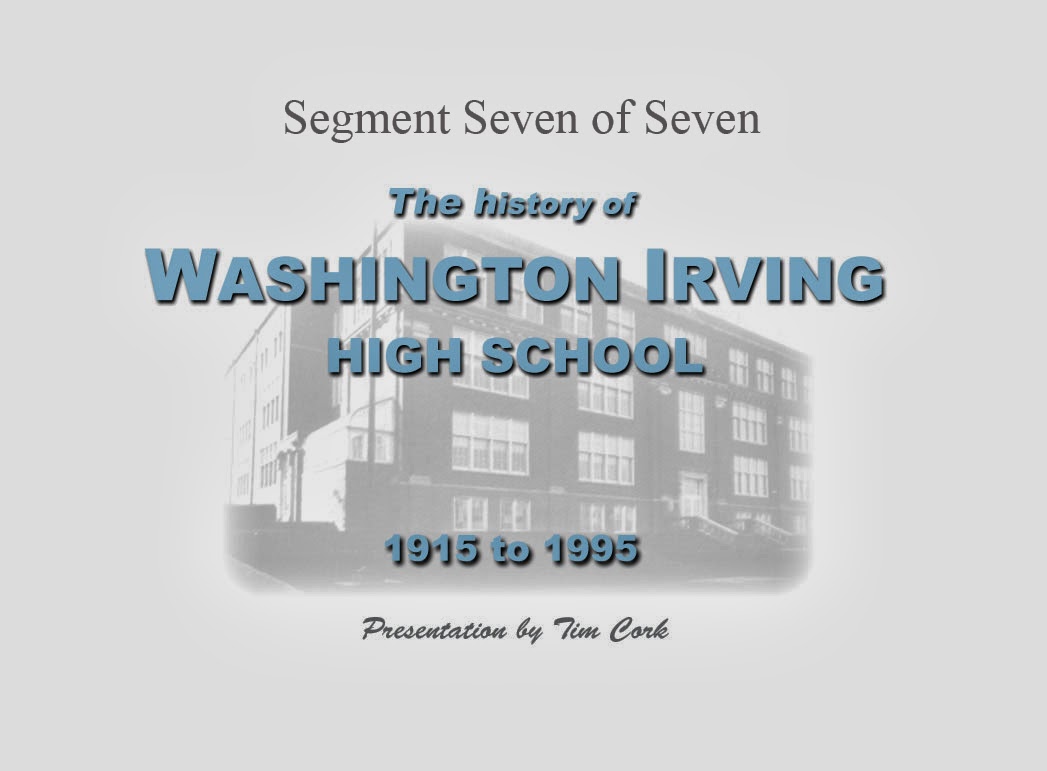



























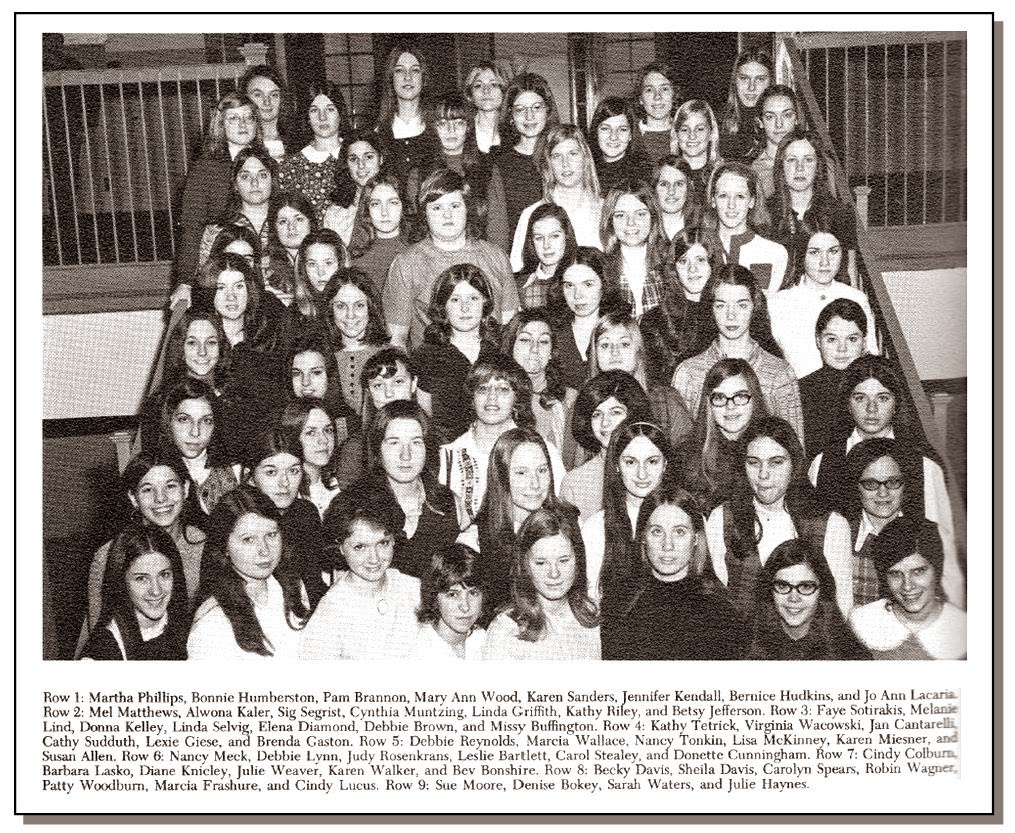




















































































































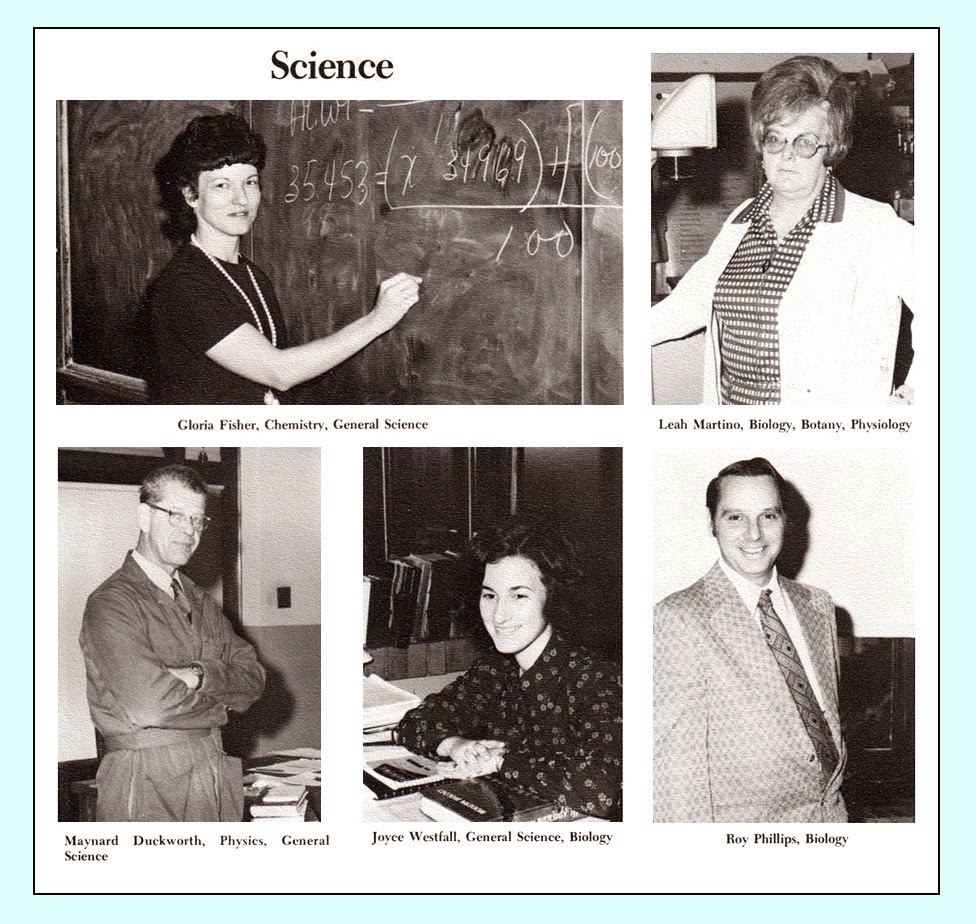

















































































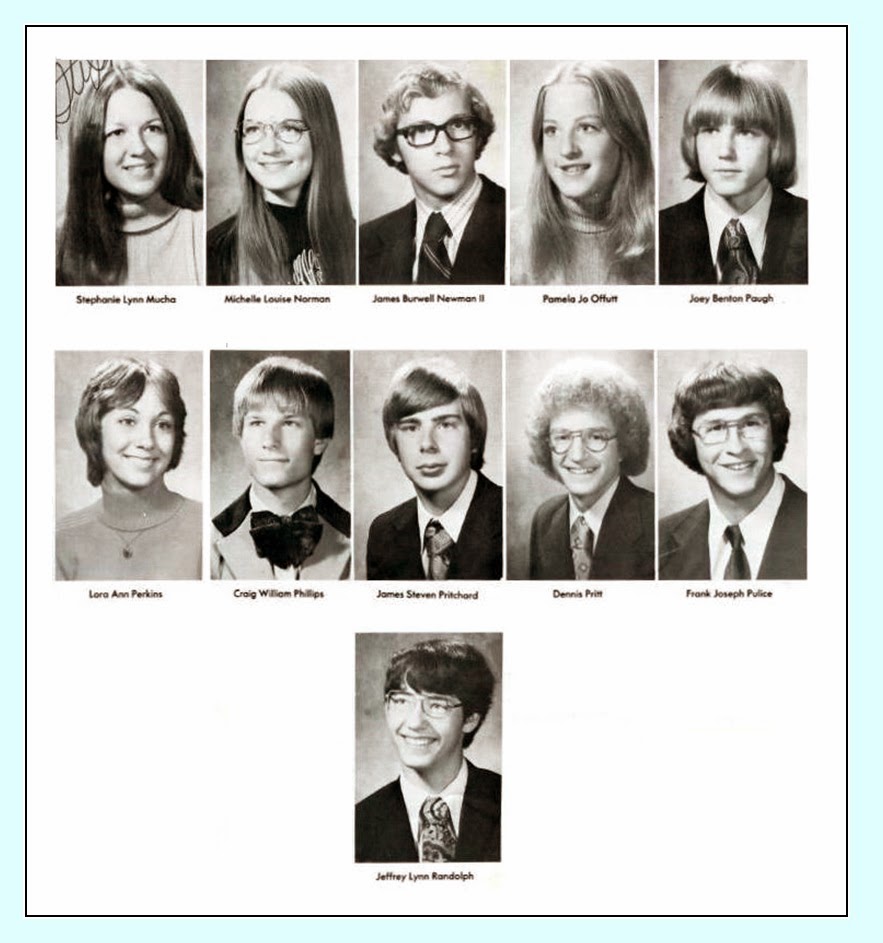















































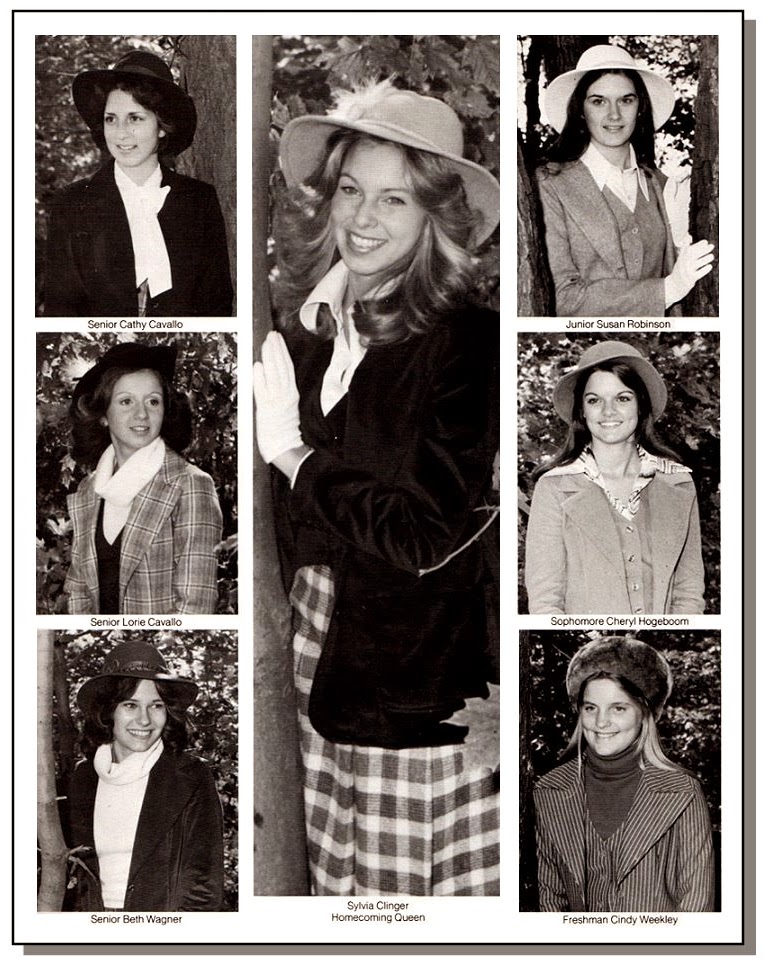


































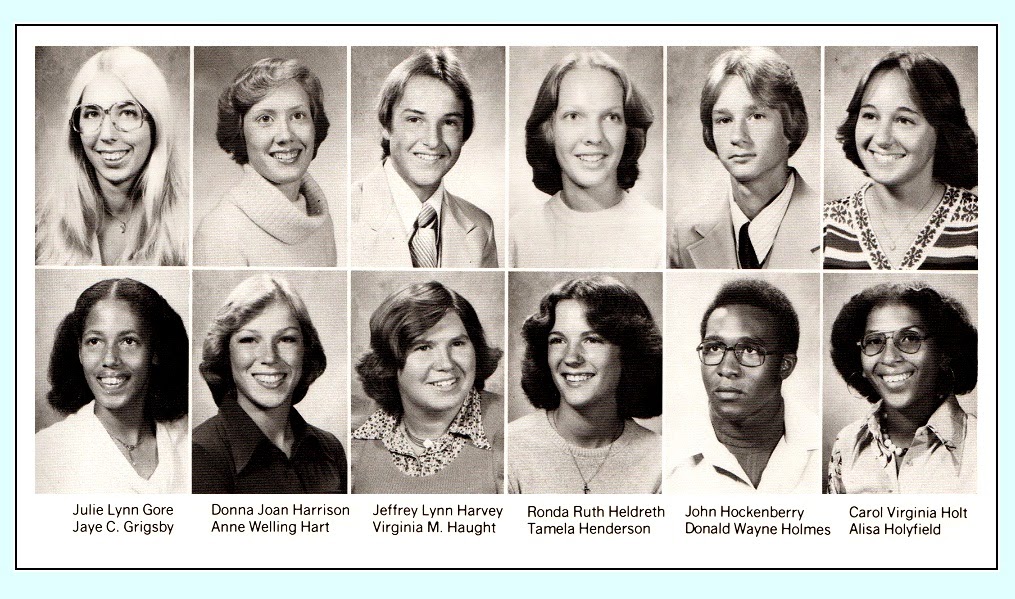






















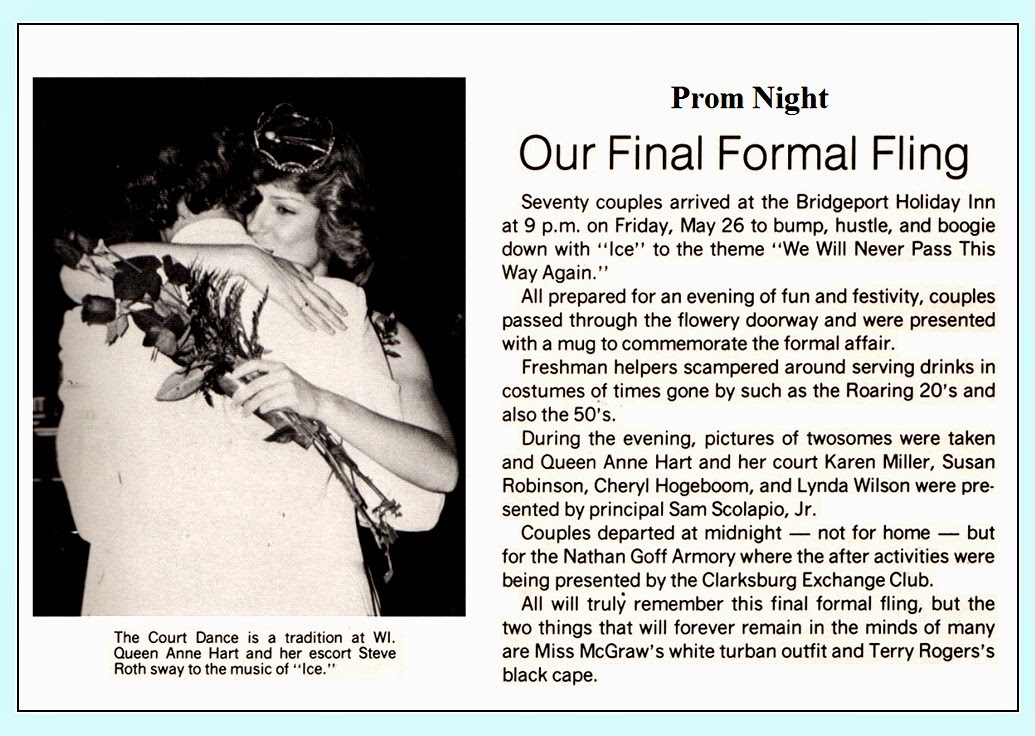


























































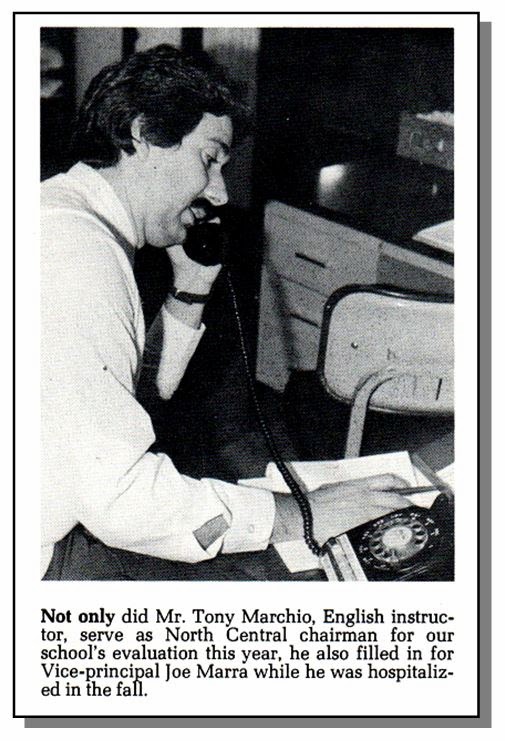




















































































































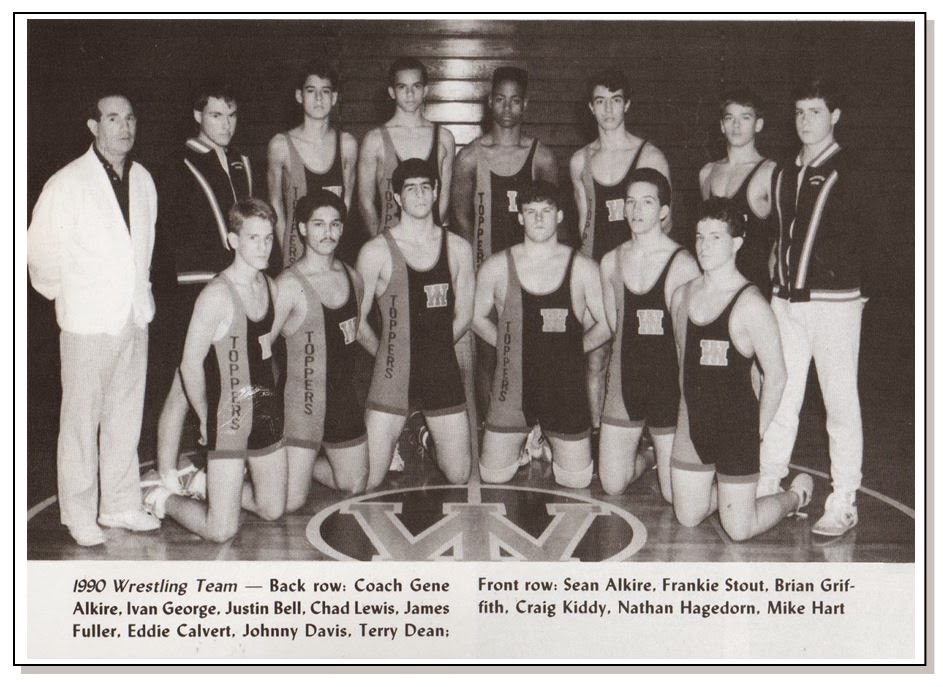



























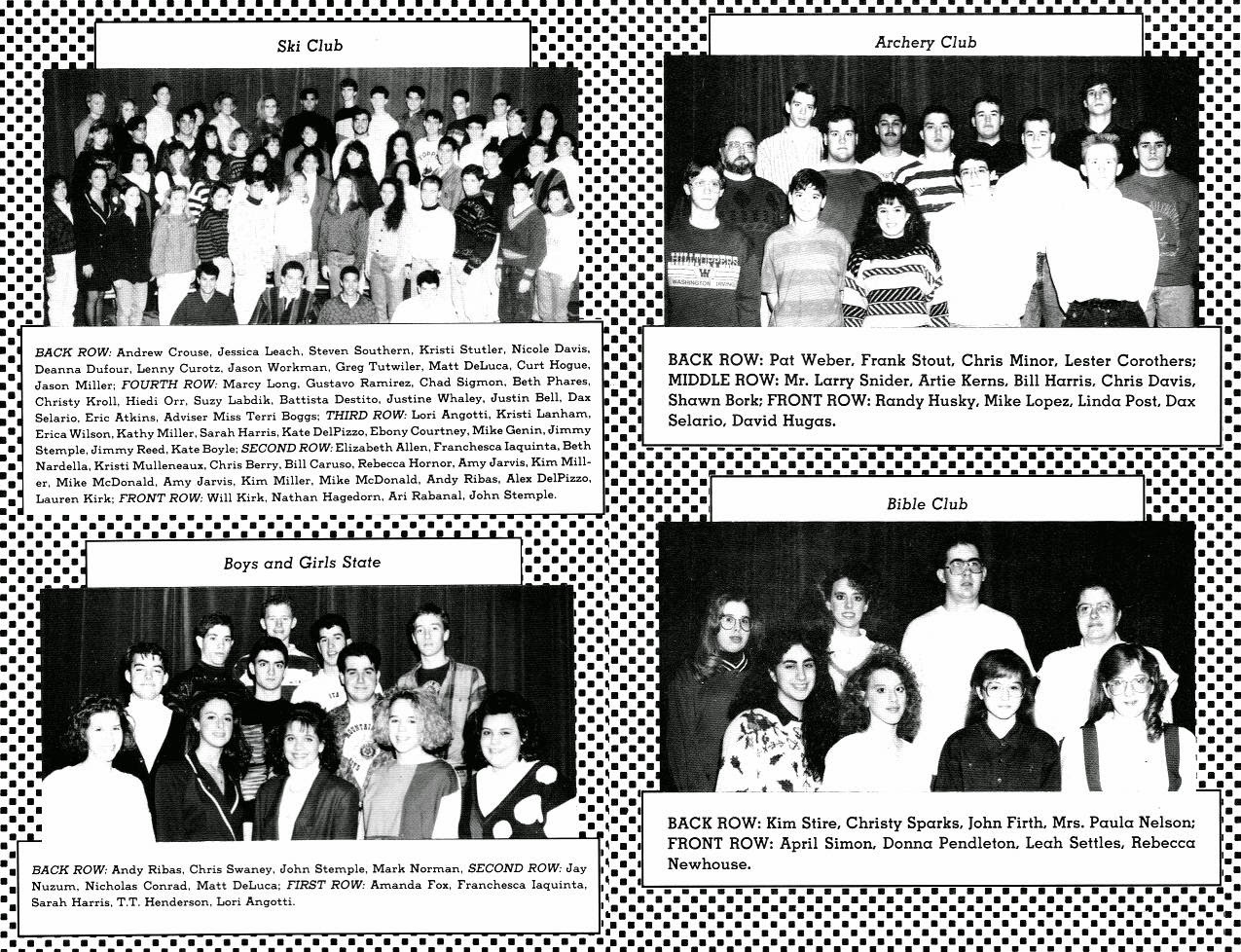


































































































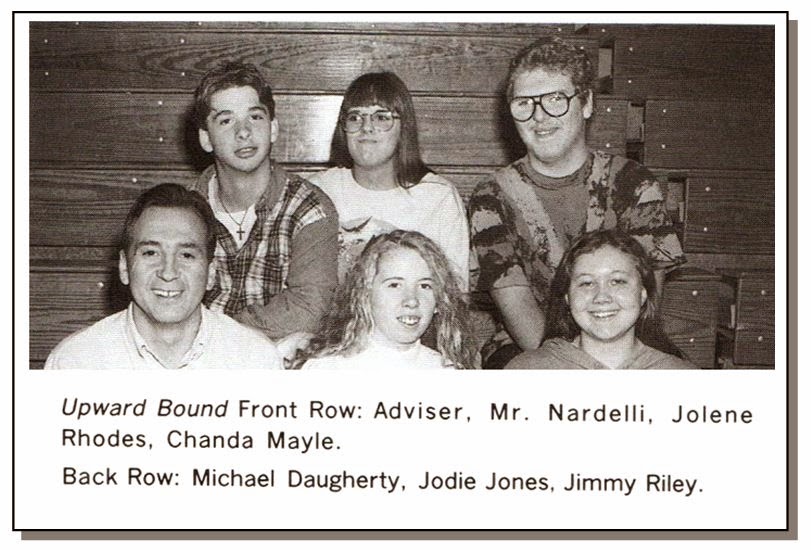














































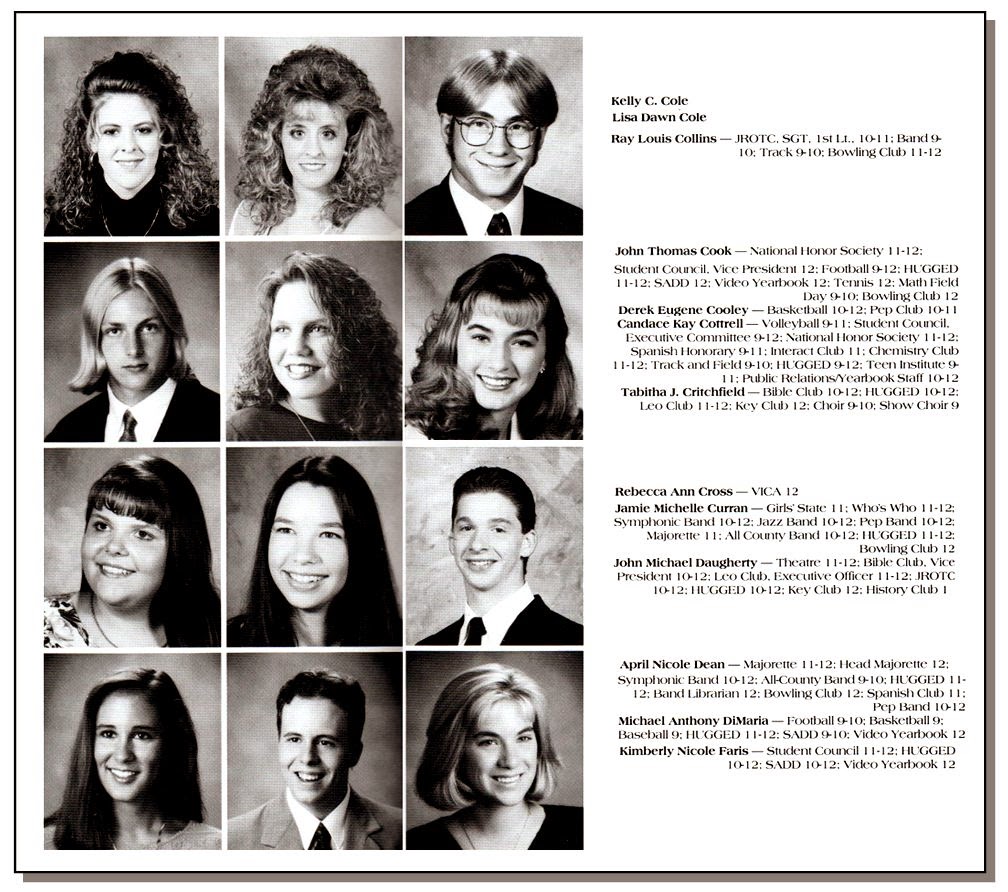






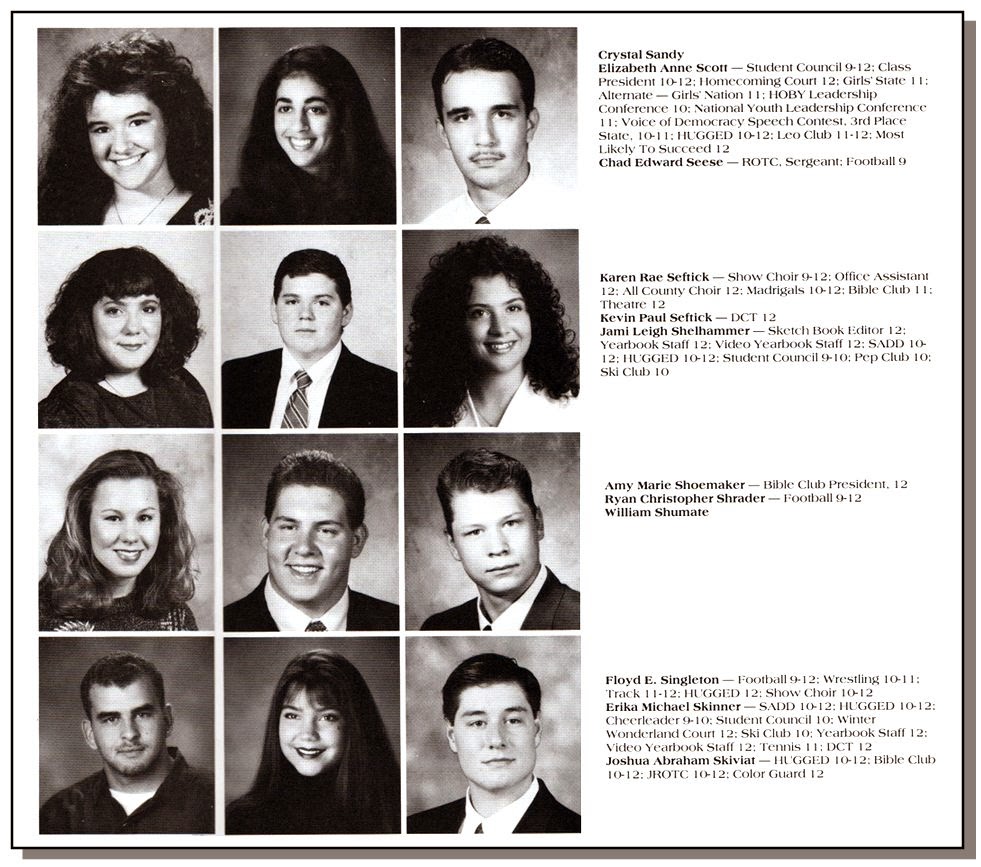













+001.jpg)























